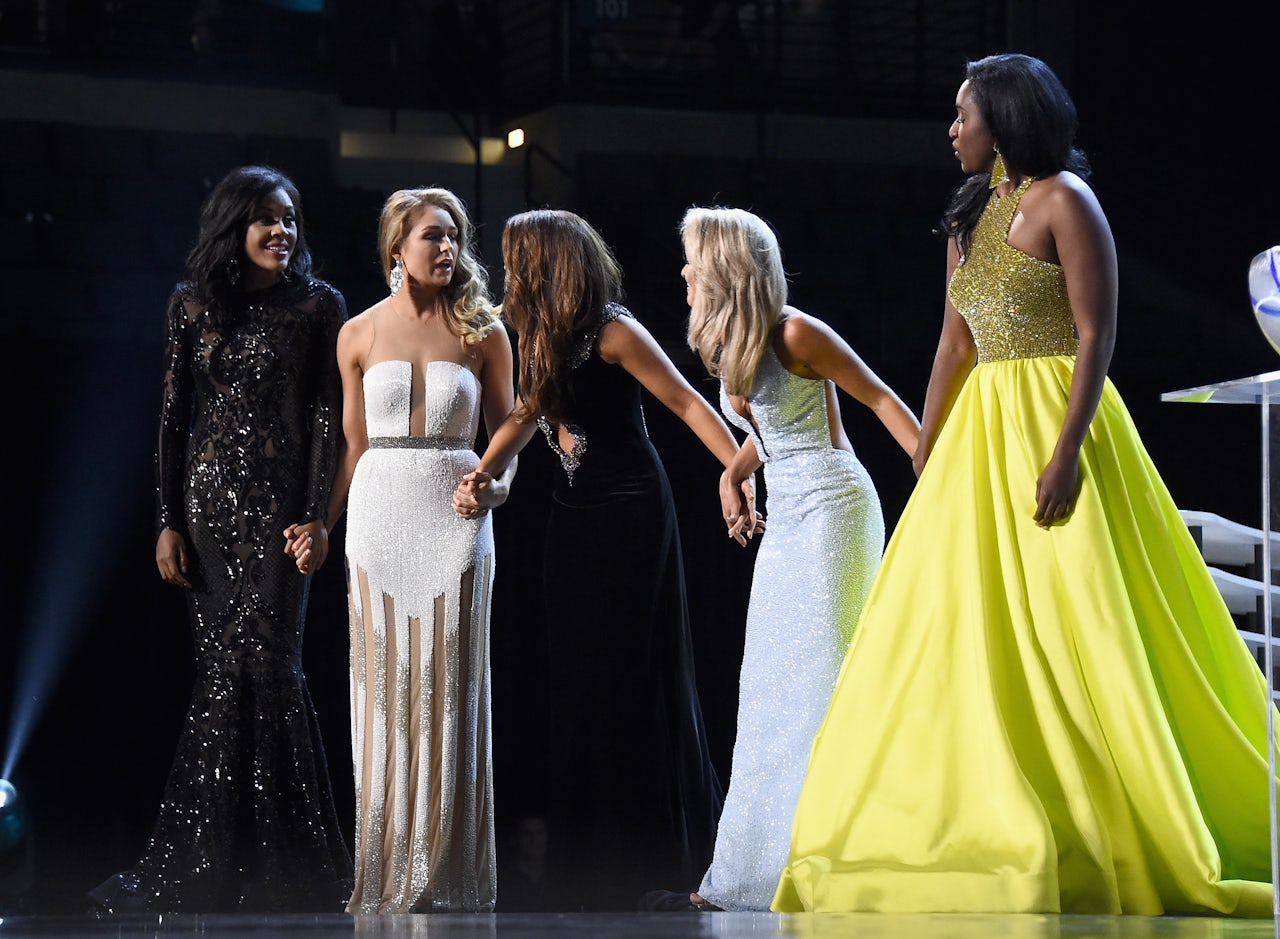There she is, Miss America — and she’s wearing the outfit of her choice, according to Gretchen Carlson, the chairwoman of the organization’s board of directors. Starting in 2019, the pageant — or competition, as it will now be called — will allow participants to wear whatever they want during the evening gown portion. They are also getting rid of its infamous swimsuit contest, in favor of inclusivity for women of “all shapes and sizes.”
Can a swimsuit contest not involve women of all shapes and sizes? Or are Americans just not ready to actually be exposed to the inclusivity they supposedly desire? Miss America, not to be confused with the Trump-owned Miss USA, is still at its root a competition based on judging women. The organization’s sudden interest in appearing socially conscious is long overdue, yes, but it is also a strategic last second effort to try and make up for its patriarchal history.
Each contestant generally chooses a “platform” to stand for during the pageant — a cause they care about bringing awareness and change to. This was a fairly recent addition to the competition; the contest was founded in 1921, but the first Miss America with an official “platform” was crowned in 1990. The winner, Debbye Turner, focused her year on “Motivating Youth to Excellence.” (Of course, there have been better topics covered by other winners across the years.) The Miss America Organization claims to focus on the scholarship of young women, and community service. It also claims to be the largest provider of scholarship assistance in the U.S. for young women, giving millions away. The Miss America Foundation, a separate entity, hands out around $210,000 or more in scholarship funds a year.
We’re changing out of our swimsuits and into a whole new era #byebyebikini#MissAmerica2019pic.twitter.com/08Y7jLFxhs
— Cara Mund (@MissAmerica) June 5, 2018
Miss America has survived every wave of feminism, amidst a heavily shifting idea of what it means to be an American woman. (When the contest was founded, women had only just recently gained the right to vote.) The four parts of the competition — “artistic expression,” which is usually a version of dancing or singing; “presentation and community achievement,” in which women are put on the spot to reveal how they would end world hunger or some other impossible feat; “presence and poise,” which is now a regular fashion show instead of an evening gown fashion show; and “lifestyle and fitness,” the to-be-replaced swimsuit portion — form a messy idea of what makes an ideal woman. But pageants don’t have viewerships because they seriously challenge any mainstream view of femininity. The contestants remain largely upper class, wealthy, well-educated, conventionally attractive, and white. They’re not lacking in depth or seriousness, but they arrive to us having already passed the bar for what makes a winner in America.
There are other ways to determine a woman’s worth besides her swimsuit body. But some of those aspects — say, intelligence or emotional aptitude — are much less tactile than perfect abs, and require us to look more than skin deep. It’s much more fun for viewers to be couch-bound judges, picking apart the flaws in a woman’s performance. The misogyny of the situation is inherent to the competition: Women on a platform, physical and societal, that we only pay attention to because we have decided their right to be on our stage. The entire nature of the game is corrupt, swimsuit or not.
